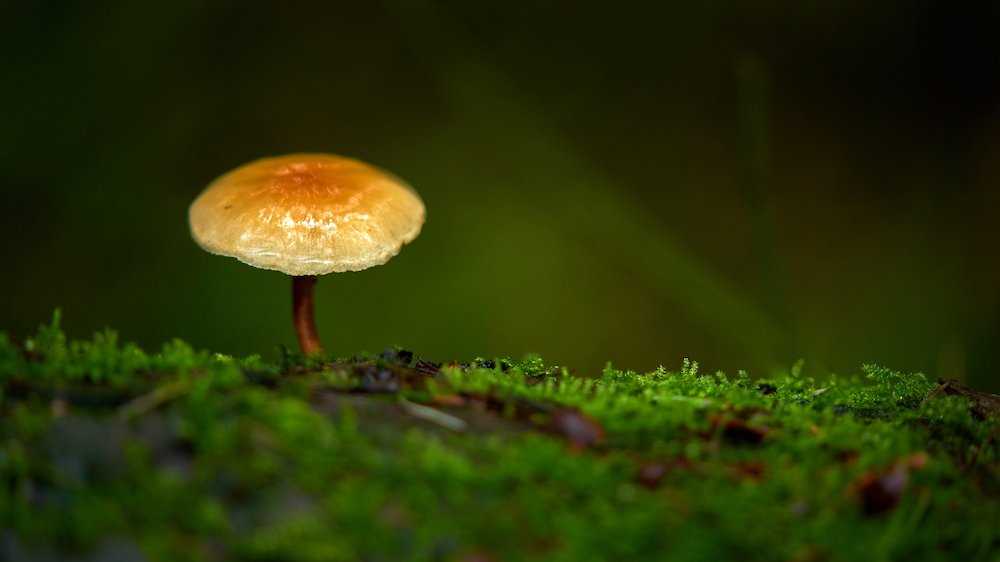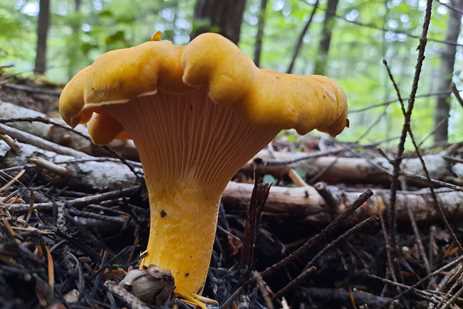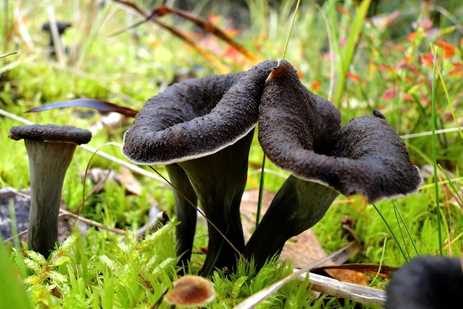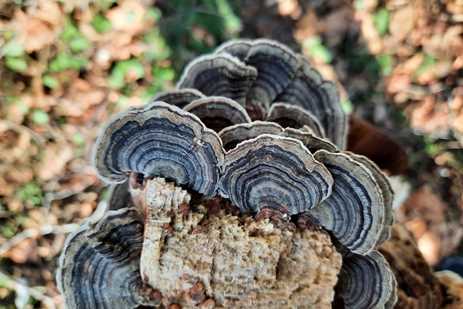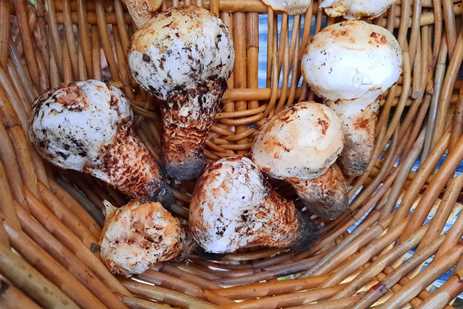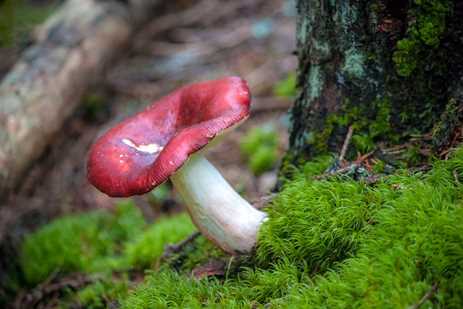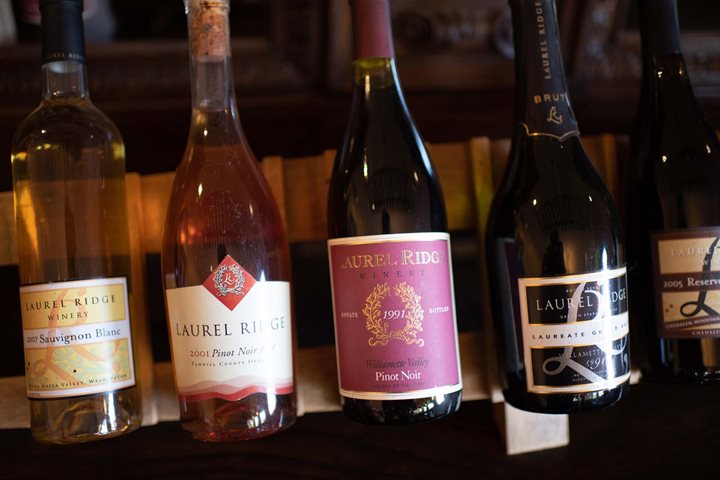Our Seattle-based expedition development team has crafted an exciting new 7-night journey that explores the wild side of their own backyard: Coastal Washington & the Salish Sea. Join us on these special October 2021 voyages for expert-led foraging experiences and much more, as we discover seldom-seen American wildness.
Get Inspired By Photos, Videos, Webinars, Stories, And Exclusive Offers.
Sign Up
Traversing the forests of the Pacific Northwest, particularly in Washington and Oregon, is a bit like stepping into a time capsule of emerald wonders. Here, the mostly undisturbed Old Growth Forests—carpeted in blankets of plush moss, fluffy ferns, and labyrinths of fallen logs—create an ecosystem ripe for a fungi kingdom. “Fungi are this weird life form that’s almost like a coral reef curled up in the forest floor,” says Adam DeLeo, who has been foraging mushrooms for almost a decade and is the owner of Adam’s Mushrooms in Tacoma, Washington. The diversity of the forest, much like a city, creates a unique environment and lots of opportunity for the fungi to flourish. And since mushrooms are about 90 percent water, they are fueled even further by the region’s renowned rainfall and humid, coastal air.
What is Fungi?
The mushroom itself is actually the fruit of the fungi. Author Margaret Atwood once described it as “a brief apparition, a cloud flower,” because it’s the part you see, while the real organism lives underground “in the garden of the unseen world.” The seemingly endless mycelium networks of fungi threads that spread beneath the forest floor are what make the Pacific Northwest famous for mushroom foraging.
EXPLORE THE PACIFIC NORTHWEST THIS FALL >
In a way, the mycelium is like the central nervous system that carries messages between trees, but its decomposing properties also work like composting fuel to keep the forest floor from turning into a landfill. What’s more, fungi are symbiotic organisms, meaning that just as the tree roots provide fungus with carbon to ensure it survives, mushrooms return the favor by providing nitrogen, phosphorus, and added moisture to trees.

